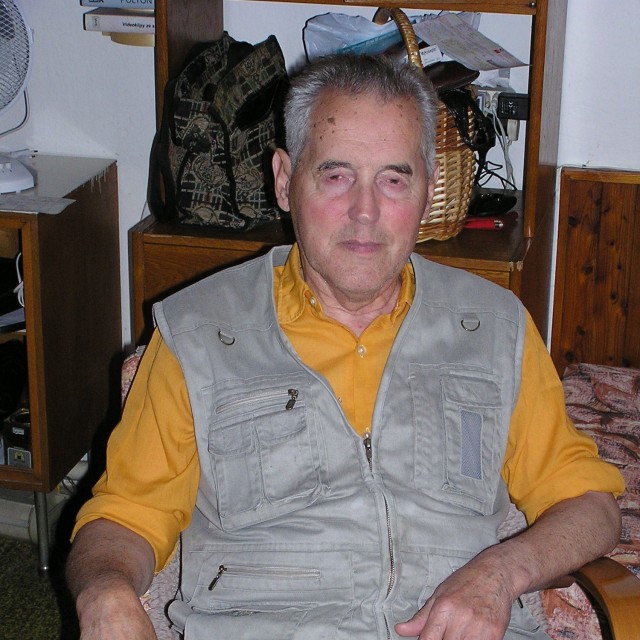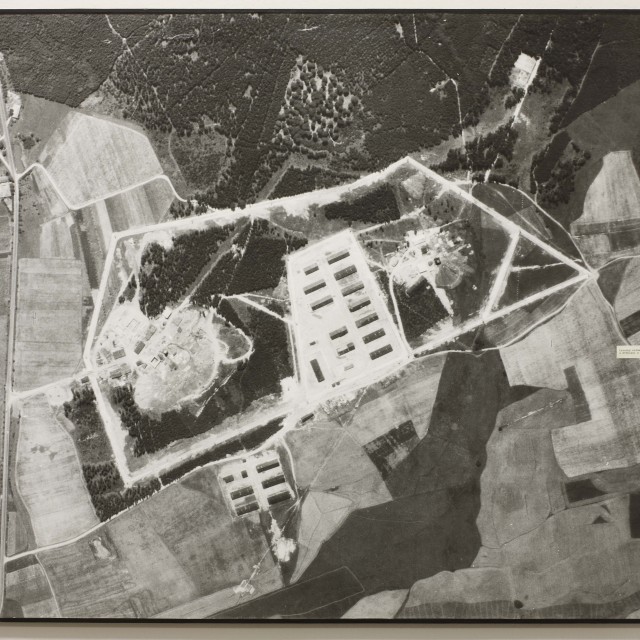Hunger Strike in Labour Camp
František Šedivý spent a part of his 14-year prison sentence in the communist camp Bytíz. “The conditions in the camp were not so harsh compared to those in the Jáchymov area, and we even had greater freedom of movement. And although the food ratios were small, we were not starving. In May 1955 a strike began in Bytíz, because of the new guards and their order that all inmates had to go for lunch at the same time. The hunger strike took about four days; some food was bought in the local canteen. Even the Germans went on the hunger strike with us. Only two prisoners went to the muster: German doctor Neuwirth who was the former secretary of Henlein and some Šebesta. The cons were then punished and placed throughout the entire Jáchymov and Příbram areas. However, the news spread and it probably served as a basis for another hunger strike in the Vojna camp.”
Hodnocení
Hodnotilo 0 lidí
Routes
Not a part of any route.
Comments
No comments yet.







